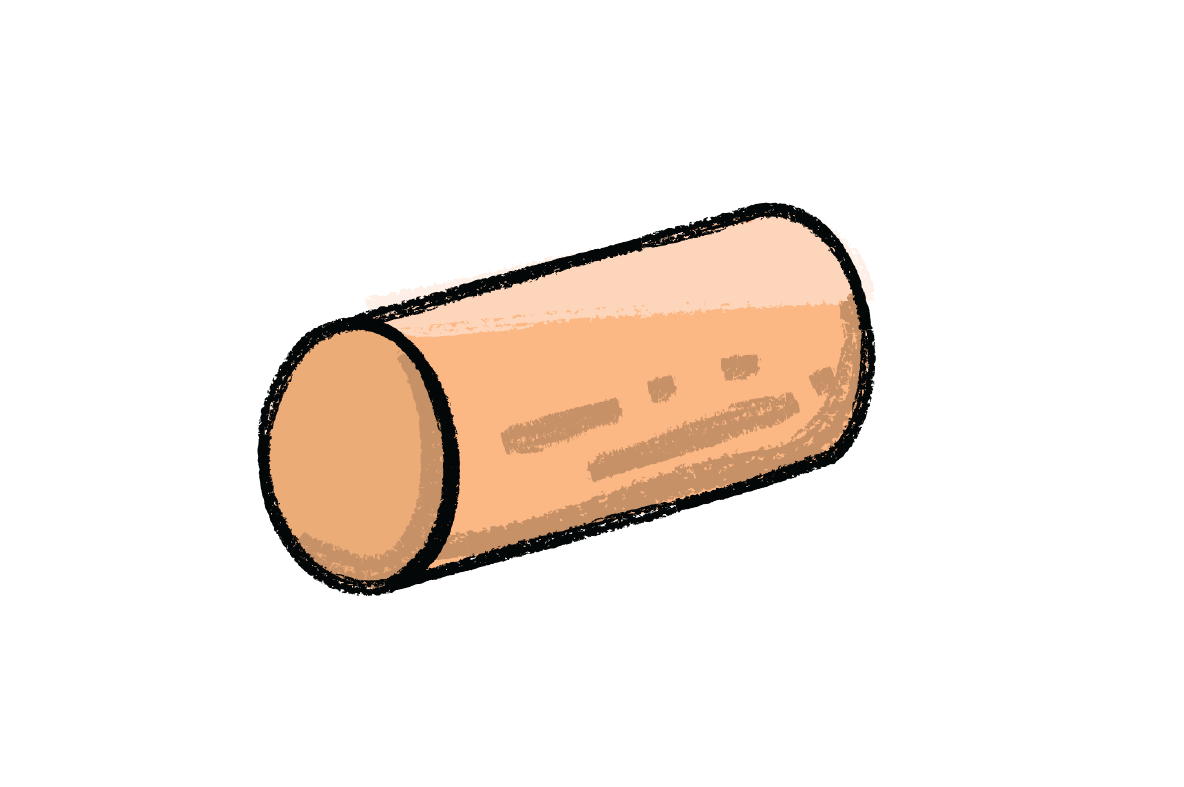

All we want is a bit of closure!
All we want is a bit of closure!
It used to be so simple. Wine had a cork in it. Use a corkscrew and pull it out to enjoy the liquid inside. These days however you're just as likely to be presented with a screw cap, a glass cap, something that looks like a cork but isn't, a crown seal....what's going on? We break down the different ways to close a wine bottle.
Cork (natural)--red
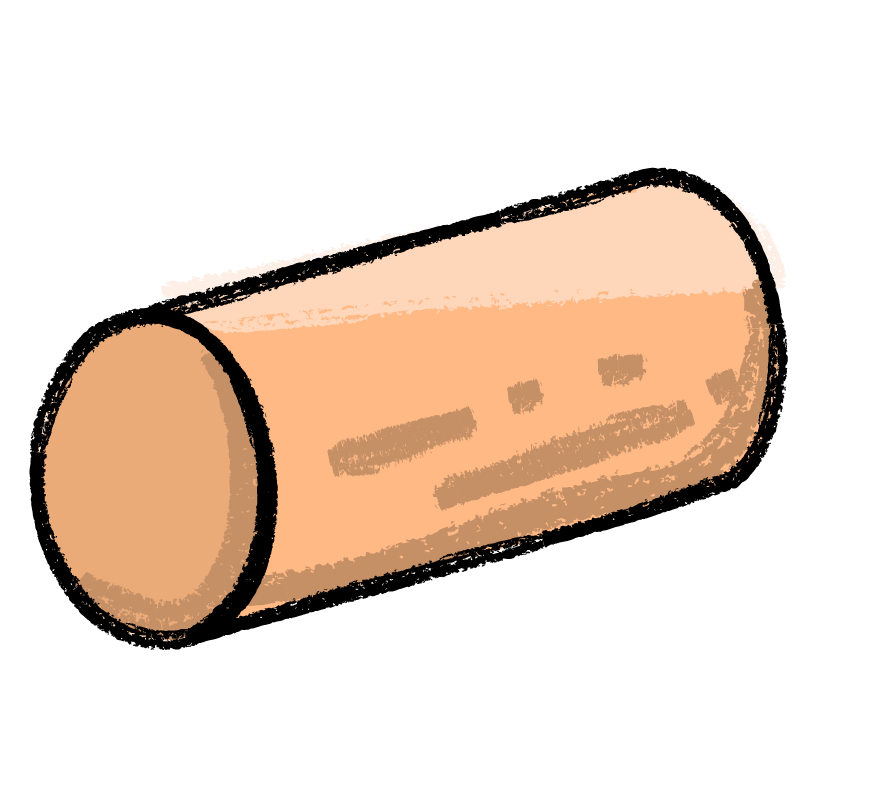
The OG wine closure. Made from the bark of cork trees (quercus suber), predominantly grown in Portugal. Wine experts say that a perfect cork is the best possible way to close a bottle of wine, as it allows the wine to slowly breathe and age gently. The problem is that many corks are not perfect. There's a bad thing that happens called cork taint. It's a complex chemical reaction involving the tree bark and naturally occurring bacteria that leads to some corks being 'faulty' and causing mouldy or 'off' aromas in wine. Luckily technology is our friend here, and in recent years 'advanced' corks, most notably by a company called DIAM, have been heavily used. They consist of small particles of natural cork that are blasted with supercritical carbon dioxide (sounds like a science fiction film doesn't it) to cleanse it of any faults. The pieces of cork are then glued back together. The result is actually better than it sounds and seems to be doing a great job, as well as looking and feeling like a cork.
Sparkling wine (cork + cage)--aromatic
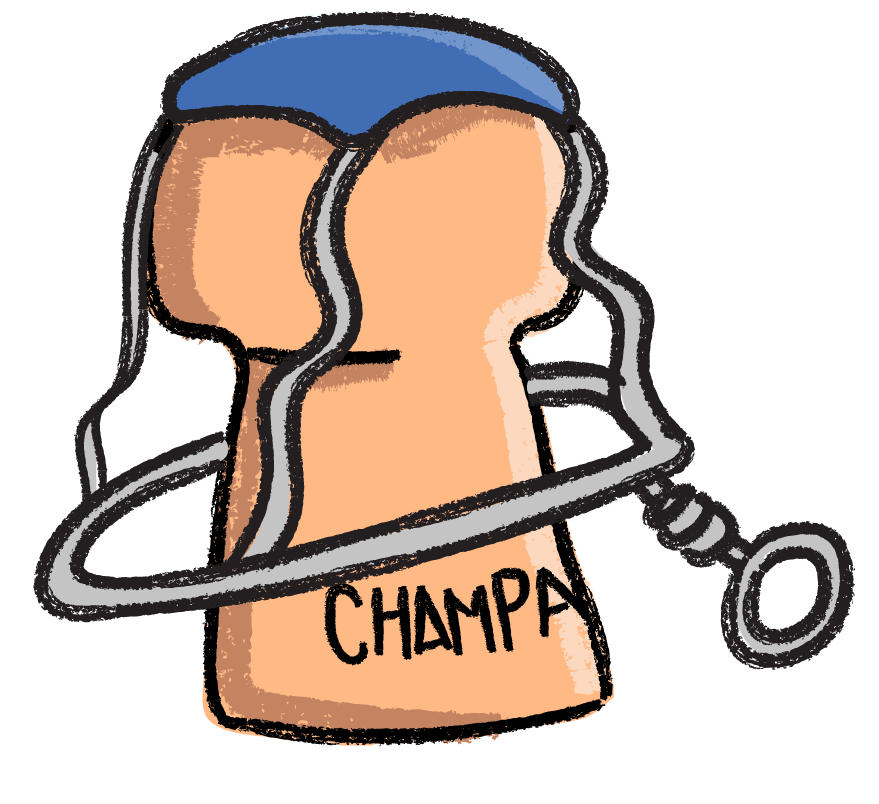
Sparkling wine builds up a lot of pressure inside the bottle - all that fizz just wants to escape! So not only does it live inside an extra thick glass bottle, but the cork needs a bit of help staying on. Enter the cage - known in French as the muselet, this sits over the top of the Champagne cork and holds it down. The cork itself is the same as a normal cork, although a different shape - more like a little mushroom!
Cork (synthetic)--racy

One of the reasons people haven't completely moved away from cork, despite its inherent flaws, is the history and romance behind pulling out a cork from a bottle. So strong is this connection that an alternative closure is a synthetic cork, made from plastic compounds. No chance of faults but still that romantic 'pop' when you pull it out!
Crown seal--aromatic
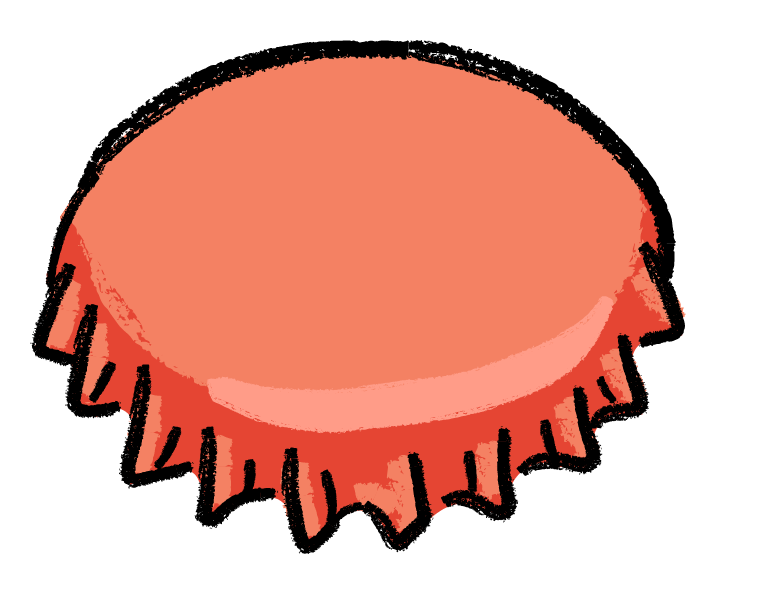
Not commonly seen to close wine bottles, although it is becoming more popular. This closure is more commonly associated with beer bottles, and indeed wines that it is seen on tend to be lighter, fresher, 'drink quickly' styles. There's no chance of any microbial infection here, like with cork, although a slight bump could affect the seal, which would cause oxidation. Best for wines that won't be kept longer than 5 or so years.
Screw cap--cellar
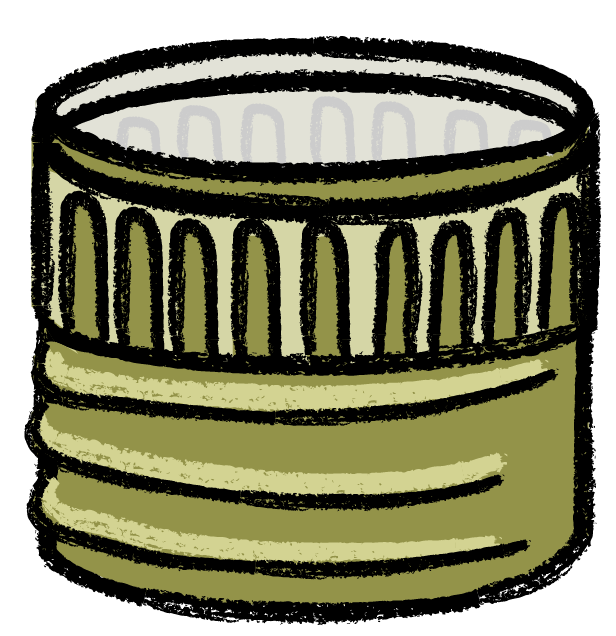
In Australia in the 1950s various wineries began trialling a new way of sealing their bottles, through the use of screw caps. An airtight screw on lid was trialled for decades before becoming an industry norm, and is now seen all over the world. Initially detractors decried it as cheap and unbecoming for wine, but at the end of the day it is a superior closure to a faulty cork, and pretty much everyone would prefer a screw cap to a screwed wine!
Vino-lok (glass)--plum
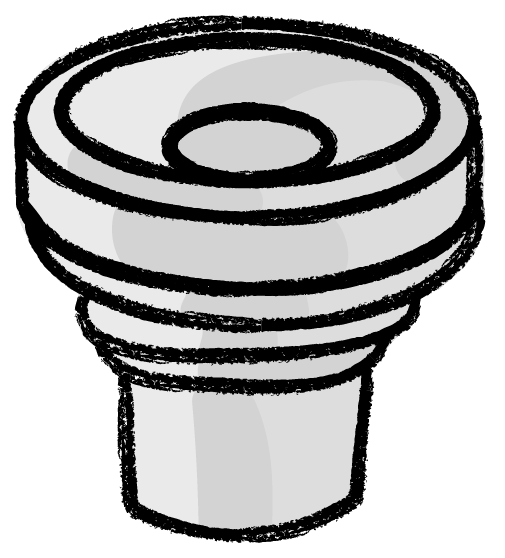
In the early 2000s a Germany company devised a way to secure a wine bottle that kept some of the old romantics happy AND eliminated cork taint. This invention was called Vino Lok, and is a glass stopper with a circular polymer disc that closes tight over the bottle opening. The cost of the stopper prohibited it from becoming universally accepted, but it does a great job despite being fairly rare.
FAQ
What is a Stelvin?
Stelvin is the brand name of one of the biggest producers of screw caps for wine. In much the same way as brands like Hoover and Kleenex became synonymous with the product itself, so too has Stelvin.
Can I open a bottle of wine without a corkscrew?
Not safely! But if you're not risk averse, or if you're really desperate, try googling the question and check out the videos of some brave, thirsty souls!
Is wine better with cork or screwcap?
There's no correlation between the quality of wine in the bottle and the closure. It is more traditional to use a cork, and as such many expensive wines have stuck with this, but there are plenty of premium wines now using screw caps.
What is wine cork made of?
The cork of a wine bottle is made from the bark of a cork tree, a variety of oak. The bark is harvested, treated and moulded into shape.
What is a crown seal?
Some wines these days are bottled with a crown seal, which is the same top you can find on a bottle of beer. It's cheap and easy to open, and is an efficient seal for the wine.
About the Author & Artist
Alex Tanner is a certified sommelier that spends more time in old-growth forests than any other somm — impulsively training her nose while at it! A talented illustrator with a unique style, her doodling works are inspired by the world of wine - and somehow, seem to improve after a glass or two.
Do you know your wine personality? If your answer is no, take our quiz to find out which wines to pick up next and build your box!
Build my box





